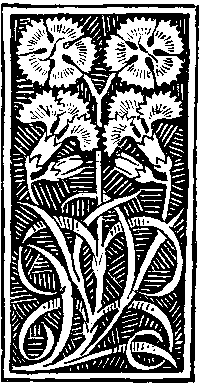Cannibalised Girlhood in Richard Flanagan’s Wanting
Keywords:
Australia, biofiction, cannibalism, Charles Dickens, Sir John Franklin, Mathinna, neo-Victorianism, postcolonialism, revisionist project, Ellen TernanAbstract
Half of Richard Flanagan’s Wanting (2008) centres on Victorian Tasmania. Flanagan retells the story of the Aboriginal girl Mathinna and her adoption by Sir John and Lady Jane Franklin and subsequent abandonment by the couple. In particular, Flanagan employs a combination of Greek mythology (Zeus and Leda) and cannibalism imagery to recount the relationship between the girl and her surrogate parents. We are therefore presented with a grotesque colonial girlhood, one that can be viewed as a metaphor and critique of British colonialism in Tasmania. The other half of Wanting focuses on Dickens’s defence of Sir John Franklin against the accusation of survival cannibalism in the Arctic. In this part we are also shown Dickens’s growing affection for the actress Ellen Ternan, who is described as “a girl” (Flanagan 2008: 99). Flanagan’s strategy is to compare the story of Dickens and Ternan with the paedophilic relationship between Sir John and Mathinna. Sir John’s and Dickens’s yielding to their improper desires for girls mark them as the cannibal savages within the novel. Through this, Flanagan questions and undermines the masculinised imperialistic project, especially as the characters are meant to be read as representatives of Britain and the Empire.


